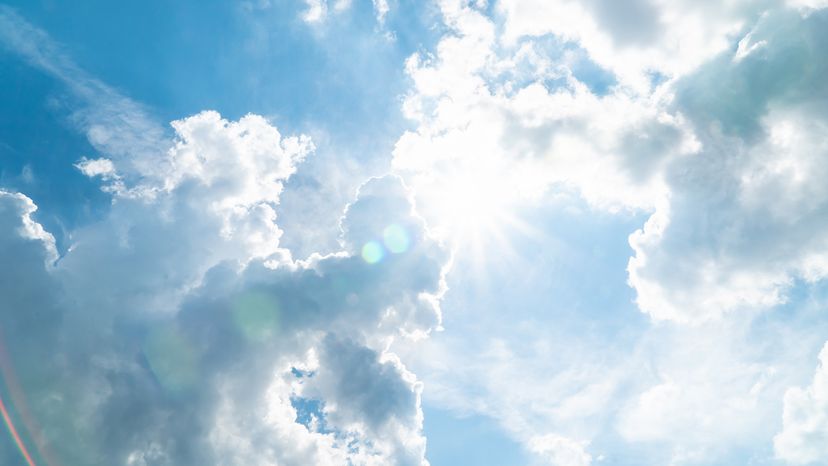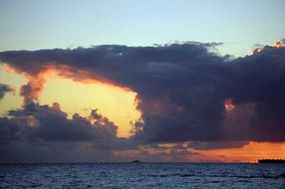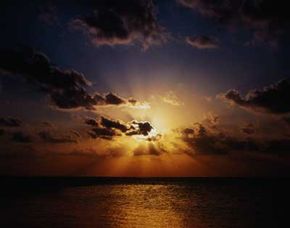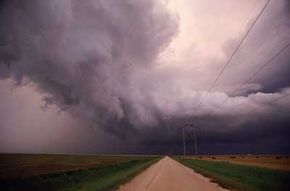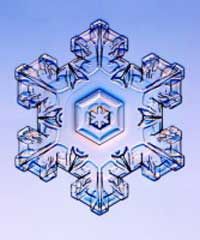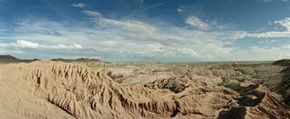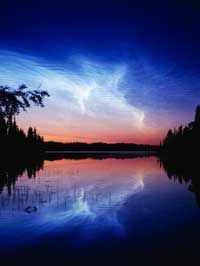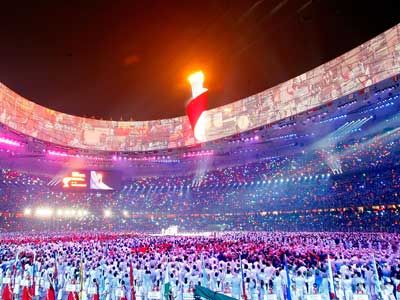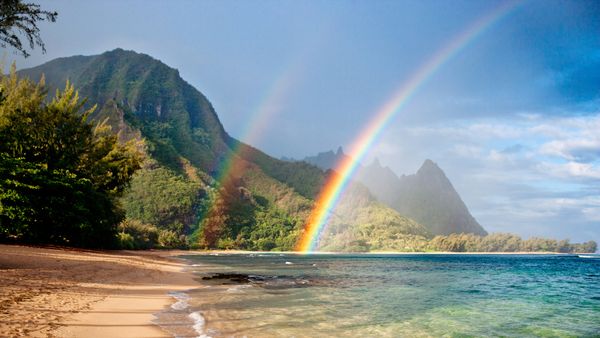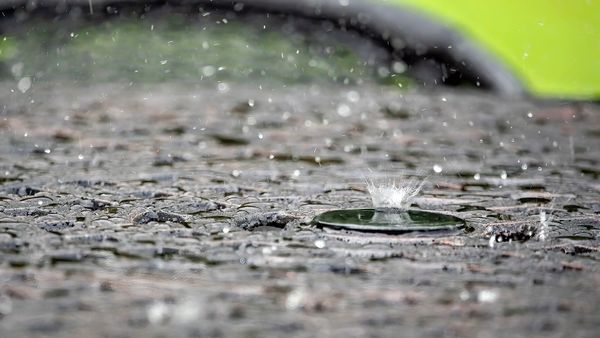To understand how clouds form, we need to take a step back and examine the processes of evaporation and condensation. Picture a birdbath outside on a hot day. When the temperature of the environment is warm, molecules of water (H2O) are energetic and can move more, expanding the distances between them. More molecules will leave the birdbath's mass of liquid and become water vapor in the air. On a cool day, the molecules have less energy and are less able to separate themselves from the larger mass of water. (On a very cold day, water molecules generally contract into their solid form, ice, and don't have the level of heat energy needed to separate themselves.) You can see the processes occurring in the first two cases. However, the first scenario's result is net evaporation; and the second scenario's result is net condensation. Other factors can affect these outcomes, but for our purposes, we'll just focus on temperature.
As water molecules shift between vapor, liquid and solid phases, they move throughout the air, even if we can't see them. However, when a parcel of air cools quickly and reaches saturation, there's a chance water vapor will condense and appear as a cloud. This could occur because of different factors, like the terrain pushing it upwards into cooler air (called orographic lifting), or perhaps, because it enters a cold front.
Additionally, cloud formation happens easily when water vapor has something to cling to, allowing the water vapor to change into its liquid or solid phases. A number of particles can act in this function. Commonly called condensation nuclei or freezing nuclei (also known as aerosols or nucleators), the name pretty much says it all if you know about atoms. Typically, things like dust particles, sea salt particles and soot from wildfires will serve as nucleators, and the water droplets or ice crystals form around them. Studies show that bacteria -- specifically certain plant bacteria -- can also serve as the focal point for condensation.
Clouds are, in essence, massive collections of tiny water droplets and crystallized water molecules. The different shapes, textures and other features of clouds depend largely on the conditions under which they form and later develop. For instance, temperature, humidity and altitude are all factors that affect cloud formation.
But how do clouds move and eventually disappear? The difference between air within a cloud and the air surrounding it dictates cloud movement. For example, frontal wedging occurs when a cloud that's part of a warmer air mass encounters a colder air mass. The warmer parcel will likely be forced up, over the cold mass. When this happens, rain usually occurs along the front edge of that meeting point.
This leads us to how clouds dissipate, or more accurately, evolve. Usually, clouds just change from one type to another. Using the previous example, the front where both masses meet could cause drifting cumulus clouds to change into a line of nimbostratus clouds (delivering precipitation). As the warm air continues to rise, those clouds could evolve into altostratus clouds, then cirrostratus clouds, and finally into cirrus clouds. As the weather pattern progresses, the air mass might reach a point where the clouds dissipate. It's only a matter of time before that water vapor joins another cloud, and the process begins again.
So what do all these different clouds do, and how do they impact us down here on the ground? Continue to the next page to find the answers to these questions.
